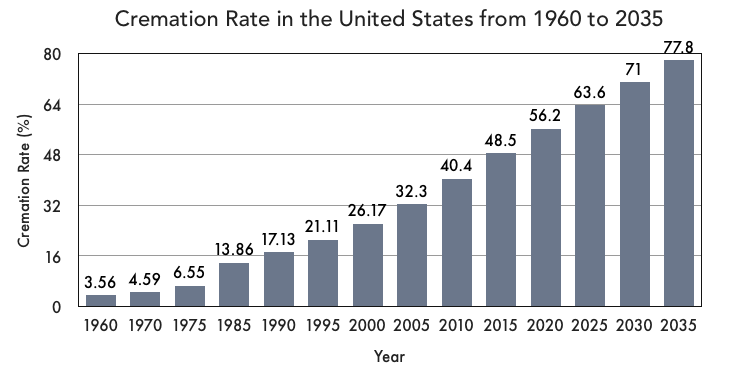Learn How Cremation Works
Cremation Definition
Our Steps of Cremation
-
Button
Click for a larger view.
What is Required to Arrange for Cremation?
-
1. Clothing
ButtonIs there a special set of clothes (such as a military uniform or favorite dress) your loved one would appreciate the thought of wearing? This will be a focus of the cremation arrangement conversation, and you will be advised by your funeral director as to your best options regarding jewelry or other valuable personal items.
-
2. Keepsakes
ButtonAre there any keepsake items you'd like to include in their cremation casket? Perhaps there's a special memento, such as a treasured photograph or letter? We sometimes suggest family members write cards, notes or letters to their deceased loved one, and place them in the casket prior to the cremation.
-
3. Participation
ButtonWould you or other family members like to be present for–or participate to some degree in–your loved one's cremation? Because we know how healing it can be to take part in an act of "letting go", we welcome the opportunity to bring interested family or friends into the crematory. Please discuss your desire to participate with your funeral director.
-
4. Urns
ButtonWhat will you keep the cremated remains or ashes in after the cremation or the service? Many families are simply unaware that they can purchase a cremation urn to be placed in a special place such as the family home. We offer a large selection of urns that will help memorialize your loved one. Ask one of our caring funeral director's to see the wide variety of urns.



